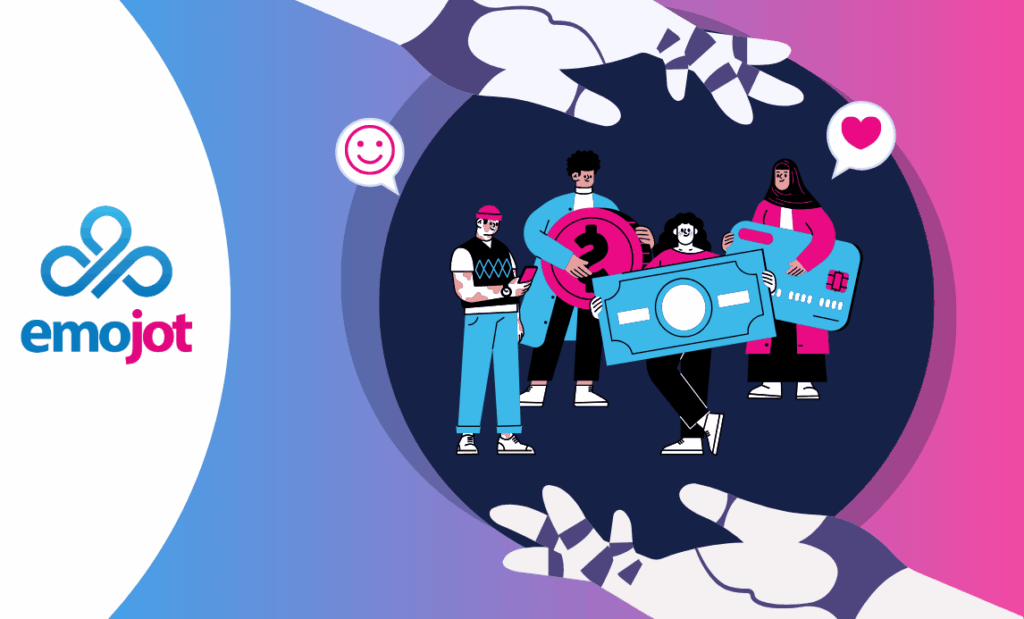In today’s rapidly evolving market, businesses must prioritize customer-centricity to remain competitive and relevant. Building a customer-first culture goes beyond delivering excellent service—it requires embedding the customer’s perspective into every part of the organization. This article explores the fundamentals of customer-centricity and demonstrates how Emojot’s innovative solutions enable organizations to establish and sustain a customer-first culture.
1. Introduction to Customer-Centricity
Definition and Significance
Customer-centricity is a strategic approach that places the customer’s needs, preferences, and experiences at the forefront of business decisions. Unlike traditional models focused mainly on products or profits, customer-centric organizations create long-term value by ensuring every interaction enhances the overall customer experience.
Evolution of Customer-Centric Strategies
The concept has evolved with technology and shifting consumer expectations. From basic service to advanced data-driven personalization, businesses now leverage innovative platforms like Emojot to anticipate customer needs and create meaningful experiences.
2. The Business Imperative for a Customer-First Culture
Enhancing Customer Loyalty and Retention
A customer-first culture fosters strong relationships with customers, leading to increased loyalty and higher retention rates. Loyal customers not only provide repeat business but also become brand advocates, promoting the company through word-of-mouth and positive reviews.
Driving Revenue Growth
Customer-centric businesses often experience significant revenue growth. By aligning products and services with customer needs, companies can enhance satisfaction, reduce churn, and increase the lifetime value of each customer.
Strengthening Brand Reputation
A reputation for excellent customer service and a customer-first approach enhances brand image. In today’s digital age, where customer feedback is instantly accessible, maintaining a positive reputation is crucial for attracting new customers and retaining existing ones.
3. Core Principles of Customer-Centricity
-
Deep Customer Understanding – Collecting and analyzing customer data to reveal preferences and pain points.
-
Personalization and Customization – Delivering tailored experiences and enabling customers to shape services around their needs.
-
Seamless Multichannel Experiences – Ensuring consistent interactions across online, mobile, in-store, and social channels.
-
Empowered Employees – Equipping teams with tools and training to deliver excellent service.
-
Continuous Feedback and Improvement – Establishing mechanisms for regular feedback to drive ongoing enhancements.
4. Challenges in Adopting a Customer-First Culture
-
Organizational Silos and Resistance – Breaking silos and driving collaboration requires cultural change.
-
Data Integration Complexities – Combining data from multiple systems while maintaining quality and accessibility.
-
Aligning Processes with Customer Needs – Reengineering workflows to support customer-centric goals can be resource-intensive.
5. Emojot’s Approach to Building a Customer-First Culture
Overview of Emojot’s Solutions
Emojot provides a comprehensive suite of solutions to help organizations embed customer-centricity at scale. Its advanced tools enable businesses to understand customers deeply, engage them effectively, and continuously improve experiences.
Integrating Emojot into Frameworks
Seamless integration with CRM, analytics, and communication platforms ensures businesses can adopt customer-centric practices without disrupting core operations.
6. Implementing Emojot for Customer-Centric Transformation
-
Strategic Planning and Goal Setting – Define objectives, KPIs, and transformation roadmaps with Emojot’s consulting support.
-
Deployment of Emojot’s Tools – Roll out Emotion Sensors™, analytics, omnichannel engagement, and employee engagement platforms.
-
Integration with Existing Systems – Connect via APIs for CRM, ERP, and other tools to ensure consistency and efficiency.
-
Monitoring and Optimization – Leverage real-time dashboards and reports to track KPIs, refine strategies, and improve continuously.
7. Future Trends in Customer-Centricity
-
Artificial Intelligence and Machine Learning – Driving accurate predictions, personalization, and automation.
-
Enhancing Real-Time Interactions – Meeting customer expectations for instant support with Emojot’s analytics and engagement tools.
-
Predictive Analytics for Proactive Engagement – Anticipating customer needs and addressing issues before they arise.
8. Conclusion
Building a customer-first culture is essential for organizations that want to thrive in today’s competitive market. By embedding customer-centric principles across operations, businesses can deepen relationships, increase loyalty, and drive sustainable growth.
Emojot delivers innovative solutions that enable organizations to understand customers better, engage more effectively, and improve continuously. By adopting Emojot’s best practices, businesses can achieve customer-centric excellence and gain long-term competitive advantage.
Schedule a demo and start transforming your customer experience today.

